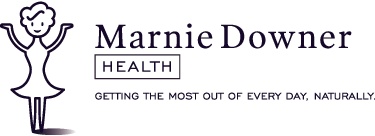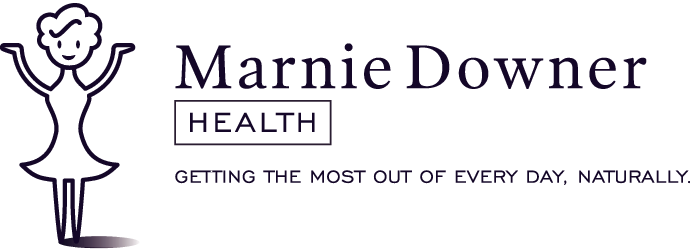I went to my doctor recently for my yearly oil and grease change and as usual, my overall cholesterol came back slightly elevated. Not to worry though – my good cholesterol is excellent (I hear your collective sigh of relief…).
Given that we hear a lot in the media these days about cholesterol and how bad it is, I thought we might have a bit of a peep at what it is and how you might manage it if it’s a bit on the high side.
Firstly, cholesterol is not bad – we need it – it’s vital for life.
- It gives cell membranes necessary stiffness and stability.
- Cholesterol helps us make hormones that deal with stress.
- It is also needed to make sex hormones like testosterone, oestrogen and progesterone.
- Choleseterol helps your body synthesise Vitamin D.
- Bile salts (think liver function) are made from cholesterol.
Why we need to keep it in check:
Elevated triglycerides in the blood have been positively linked to proneness to heart disease, but these triglycerides do not come directly from dietary fats; they are made in the liver from any excess SUGARS that have not been used for energy.
Did you know that low thyroid function will often result in high cholesterol levels?
It’s a bit confusing when you get your cholesterol tested as there are all sorts of numbers.
Your doctor wants your lipid reading to look like this:
- Cholesterol (overall) less than 5.5
- Triglycerides less than 2.0
- High Density Lipoproteins (HDL-C) more than 1.1
- Low Density Lipoproteins (LDL-C) less than 3.4
- Coronary risk ratio (the ratio between total cholesterol and HDL) less than 3.5
You want to record higher HDLs and lower LDLs and triglycerides. I remember it by Highly Desirable (HDL) and Lowly Desirable (LDL). It’s important to look at all of the numbers, not just your overall cholesterol, to get a good sense of what is going on.
Five simple steps to lowering cholesterol:
- Follow a cholesterol lowering eating plan. A Mediterranean diet is a good example.
- Eat plenty of fibre rich foods.
- Lose weight if necessary.
- Get moving.
- Adopt a healthy lifestyle.
- Supportive supplements from your supportive naturopath (that would be me).
Oils ain’t oils
So what should what sort of fats and oils are good for us? It’s all a little bit confusing and information changes all the time. For instance, not so long ago we were told that eggs were bad for us. Yes, they contain cholesterol, but there’s no evidence that they raise your cholesterol, so enjoy the yolk – it’s where the goodness is.
Saturated fats
They are stable in your body, don’t mind being heated and are not prone to going rancid. Classic examples include butter, lard, goose fat and our favourite, coconut oil. When our forebears ate lots of lardy products, heart disease was rare (circa 1920s). Since the 1950s, the consumption of animal products, like butter, has continually declined and yet heart disease remains a real issue. Makes you wonder doesn’t it – are saturated fats the great evil we are led to believe?
Trans-fatty acids
These are the ones I really don’t like. In a process called hydrogenation, a normally liquid oil gets turned into a solid, eg. margarine and shortening. In this process, the cheapest oils are used – soy, corn, canola – and mixed with tiny metal particles – usually nickel oxide. Our bodies really don’t like these (go figure). They block the utilisation of essential fatty acids and guess what – they increase your cholesterol. Trans-fats are found in packaged foods, fast foods, deep fried foods, margarines, spreads and many other foods.
Fat and oils I like
I cook with – coconut oil, ghee, bit of butter, a little sesame or extra virgin olive oil (the cool kids call it EVOO).
I dress my salads with – EVOO, flax seed or some yummy nut oil.
For a really interesting read and yummy recipes, I highly recommend Sally Fallon’s ‘Nourishing Traditions’ – where much of this information comes from. She will challenge the way you think about many foods.
Read the next two blogs to discover two ingredients you probably have in your cupboard that are known for their cholesterol lowering properties (with recipes).


